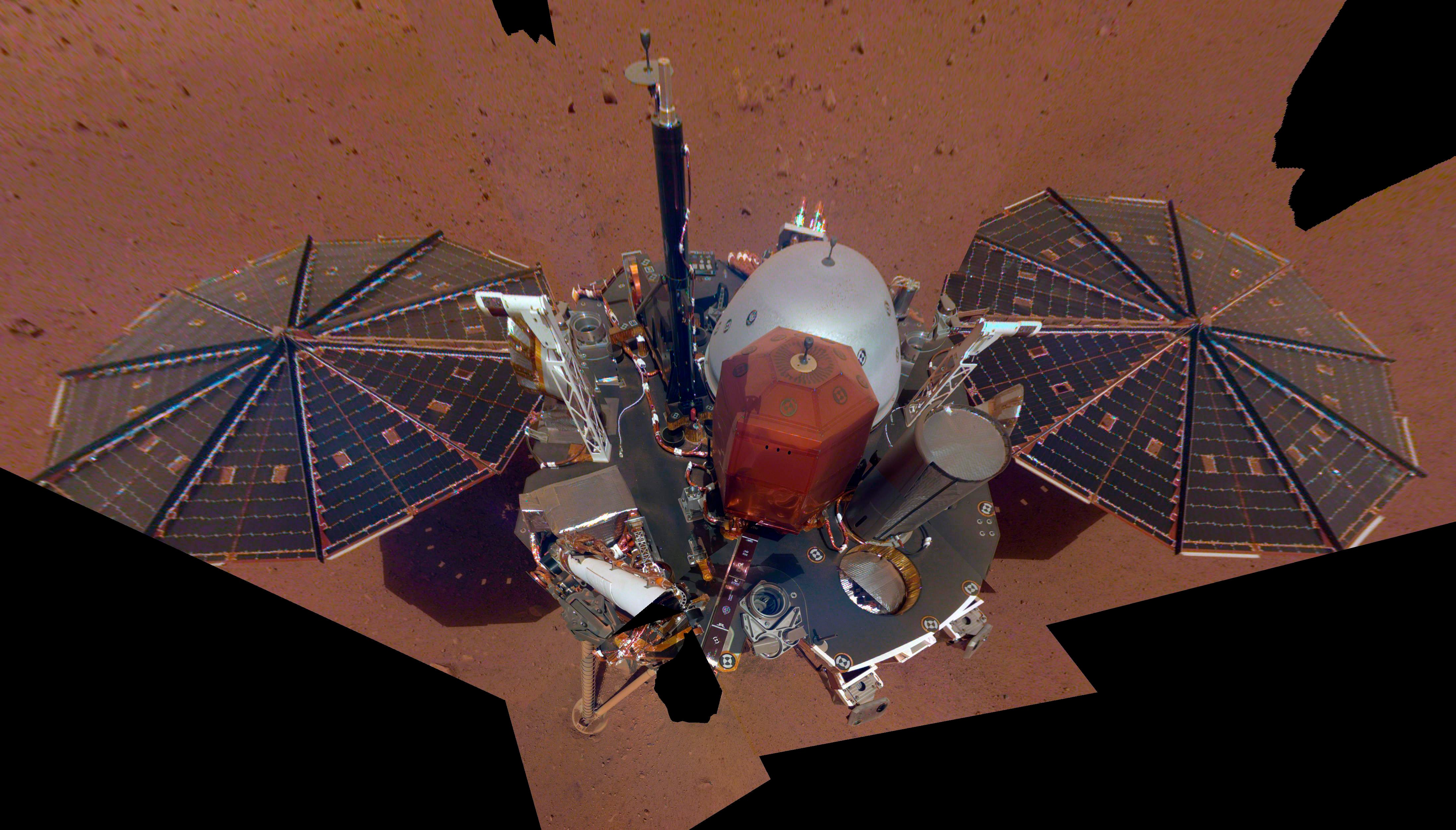RIP: Mars digger bites the dust after 2 years on red planet
NASA is giving up trying to drill deep into Mars to take the red planet’s temperature

Your support helps us to tell the story
From reproductive rights to climate change to Big Tech, The Independent is on the ground when the story is developing. Whether it's investigating the financials of Elon Musk's pro-Trump PAC or producing our latest documentary, 'The A Word', which shines a light on the American women fighting for reproductive rights, we know how important it is to parse out the facts from the messaging.
At such a critical moment in US history, we need reporters on the ground. Your donation allows us to keep sending journalists to speak to both sides of the story.
The Independent is trusted by Americans across the entire political spectrum. And unlike many other quality news outlets, we choose not to lock Americans out of our reporting and analysis with paywalls. We believe quality journalism should be available to everyone, paid for by those who can afford it.
Your support makes all the difference.NASA declared the Mars digger dead Thursday after failing to burrow deep into the red planet to take its temperature
Scientists in Germany spent two years trying to get their heat probe, dubbed the mole, to drill into the Martian crust. But the 16-inch-long (40-centimeter) device that is part of NASA's InSight lander couldn’t gain enough friction in the red dirt. It was supposed to bury 16 feet (5 meters) into Mars, but only drilled down a couple of feet (about a half meter).
Following one last unsuccessful attempt to hammer itself down over the weekend with 500 strokes, the team called it quits.
"We’ve given it everything we’ve got, but Mars and our heroic mole remain incompatible,” said the German Space Agency's Tilman Spohn, the lead scientist for the experiment.
The effort will benefit future excavation efforts at Mars, he added in a statement. Astronauts one day may need to dig into Mars, according to NASA, in search of frozen water for drinking or making fuel, or signs of past microscopic life.
The mole's design was based on Martian soil examined by previous spacecraft. That turned out nothing like the clumpy dirt encountered this time.
InSight's French seismometer, meanwhile, has recorded nearly 500 Marsquakes, while the lander's weather station is providing daily reports. On Tuesday, the high was 17 degrees Fahrenheit (minus 8 degrees Celsius) and the low was minus 56 degrees Fahrenheit (minus 49 degrees Celsius) at Mars' Elysium Planitia, an equatorial plain.
The lander recently was granted a two-year extension for scientific work, now lasting until the end of 2022.
InSight landed on Mars in November 2018. It will be joined by NASA's newest rover, Perseverance, which will attempt a touchdown on Feb. 18. The Curiosity rover has been roaming Mars since 2012.
___
The Associated Press Health and Science Department receives support from the Howard Hughes Medical Institute’s Department of Science Education. The AP is solely responsible for all content.